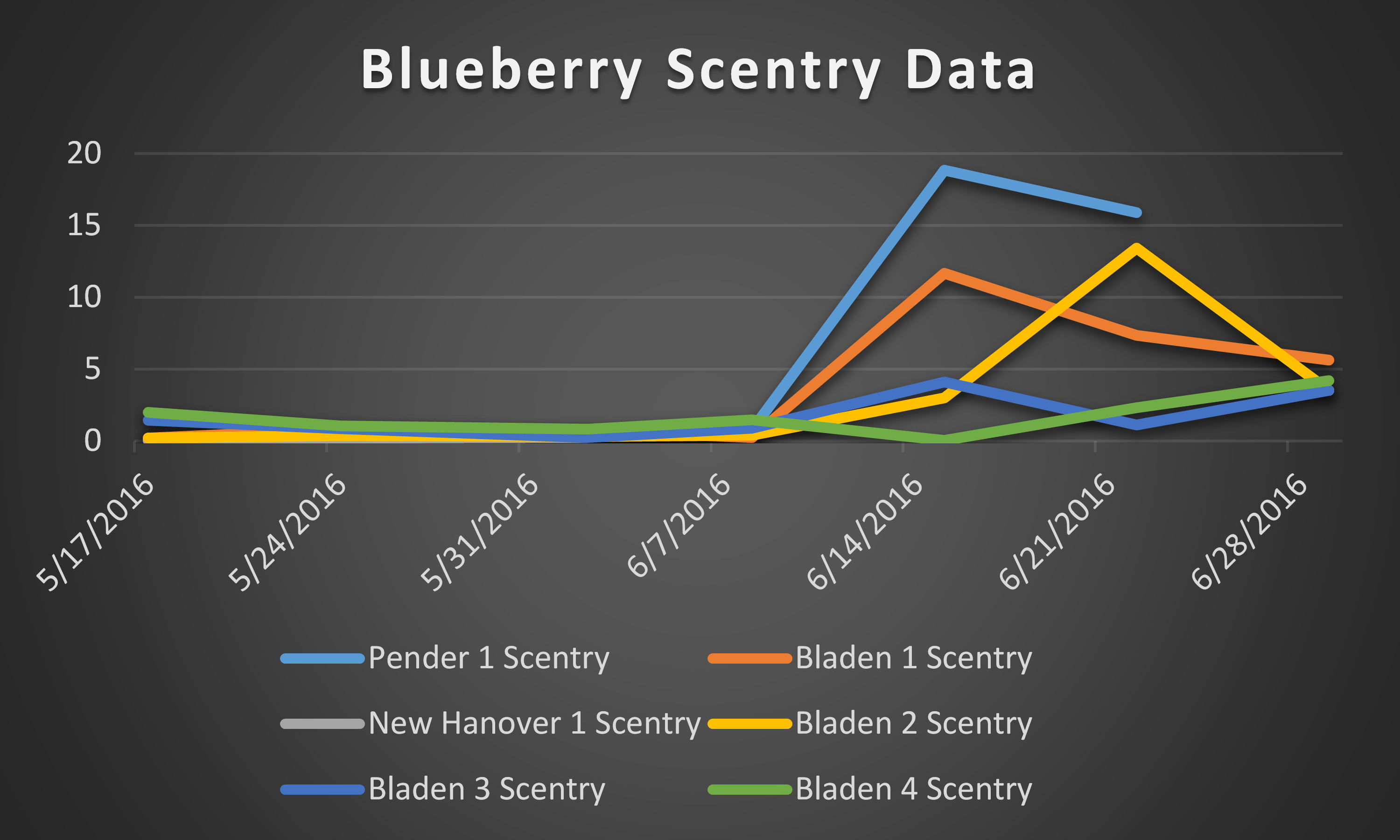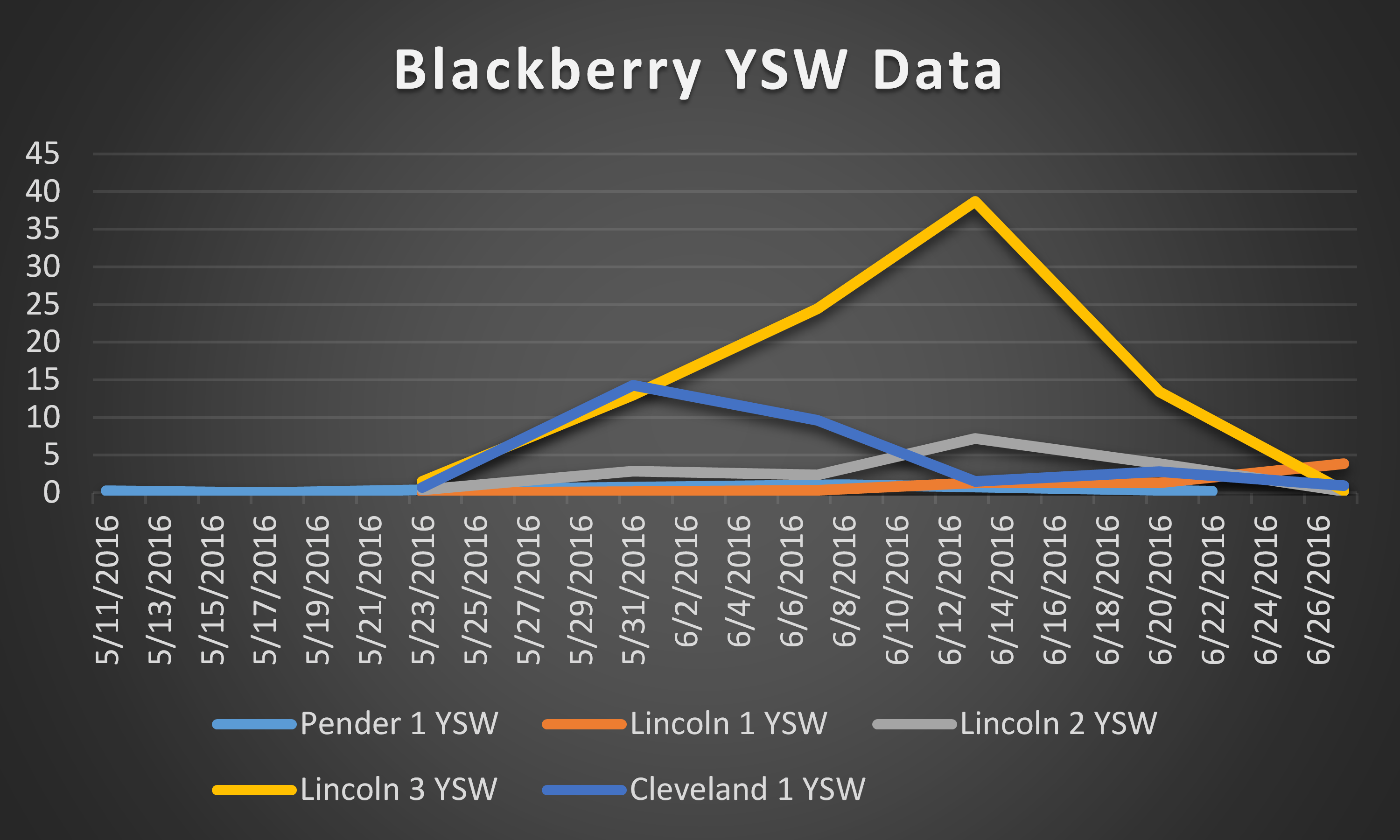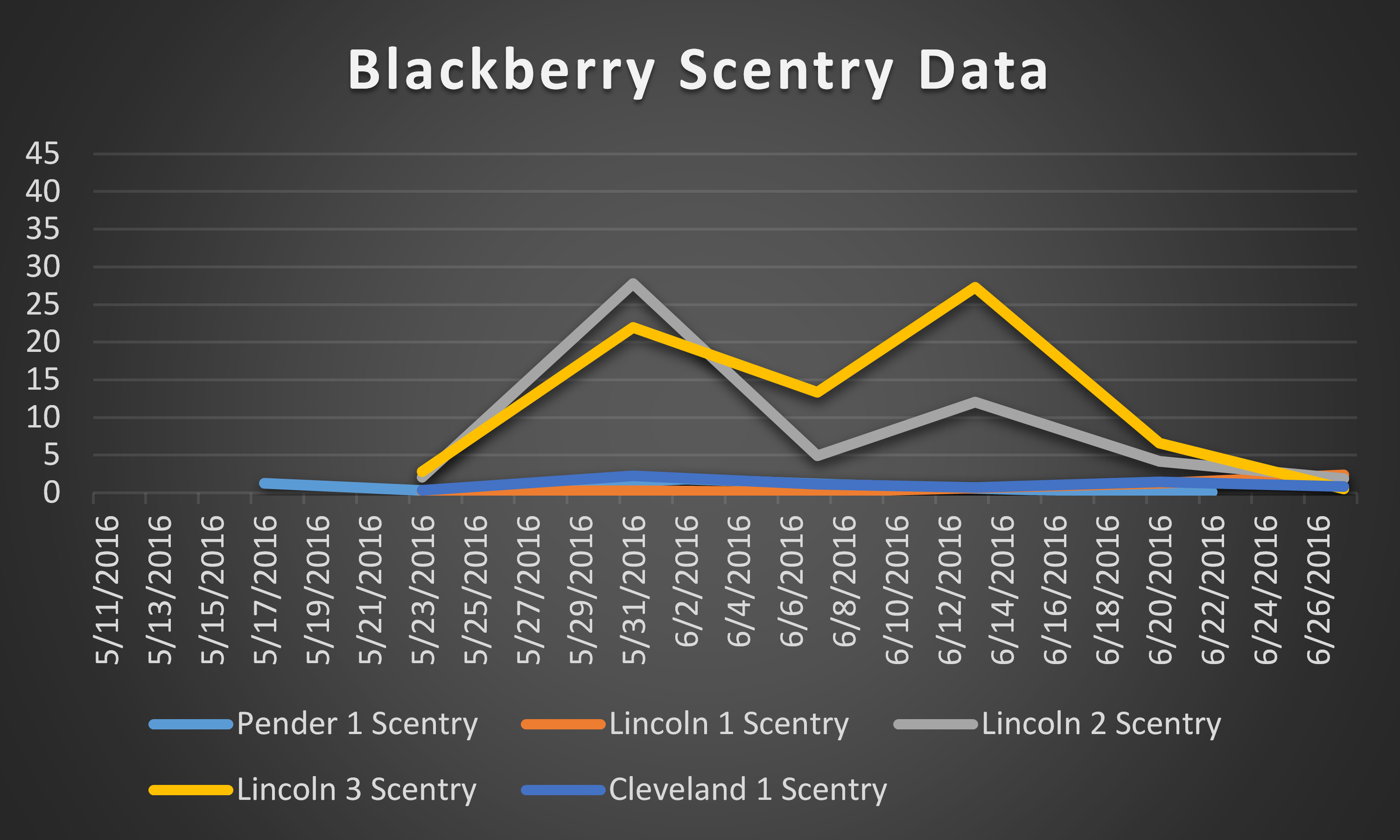Spotted Wing Drosophila Monitoring Report July 15, 2016
go.ncsu.edu/readext?418835
en Español / em Português
El inglés es el idioma de control de esta página. En la medida en que haya algún conflicto entre la traducción al inglés y la traducción, el inglés prevalece.
Al hacer clic en el enlace de traducción se activa un servicio de traducción gratuito para convertir la página al español. Al igual que con cualquier traducción por Internet, la conversión no es sensible al contexto y puede que no traduzca el texto en su significado original. NC State Extension no garantiza la exactitud del texto traducido. Por favor, tenga en cuenta que algunas aplicaciones y/o servicios pueden no funcionar como se espera cuando se traducen.
Português
Inglês é o idioma de controle desta página. Na medida que haja algum conflito entre o texto original em Inglês e a tradução, o Inglês prevalece.
Ao clicar no link de tradução, um serviço gratuito de tradução será ativado para converter a página para o Português. Como em qualquer tradução pela internet, a conversão não é sensivel ao contexto e pode não ocorrer a tradução para o significado orginal. O serviço de Extensão da Carolina do Norte (NC State Extension) não garante a exatidão do texto traduzido. Por favor, observe que algumas funções ou serviços podem não funcionar como esperado após a tradução.
English
English is the controlling language of this page. To the extent there is any conflict between the English text and the translation, English controls.
Clicking on the translation link activates a free translation service to convert the page to Spanish. As with any Internet translation, the conversion is not context-sensitive and may not translate the text to its original meaning. NC State Extension does not guarantee the accuracy of the translated text. Please note that some applications and/or services may not function as expected when translated.
Collapse ▲We’ve now processed trap capture data through the end of June. Blueberry harvest has concluded at most of our grower locations, so this week, we removed the traps from those sites. We will continue monitoring blackberry farms through the end of their picking season.
The average number of total (male and female) SWD captured per site per day are presented in the figures below. Trapping began at six blueberry fields on May 11, 2016. Scentry lures were not available until May 17th, so these were deployed at blueberry locations during the second week of monitoring.
YSW refers to traps baited with “yeast/sugar water”, and Scentry refers to traps with Scentry lures.
We are monitoring a total of five blackberry fields, and first checked traps on May 17, 2016. SWD trap captures are generally higher in blackberry fields as compared to blueberry fields.
Data is continually processed and will be updated weekly as it becomes available.
Blackberry trap captures of spotted wing drosophila decreased in the last couple of weeks of June in both the yeast/sugar/water traps and the Scentry bait traps. Due to the similarity in the trap capture drops it seems that the attractiveness of the blackberries may be overpowering both kinds of traps at this point in the season. We have consistently observed lower trap captures in blueberries as compared to blackberries in the past, and this pattern continues this year. Blueberry trapping sites have have also had less rainfall and higher temperatures recently. These unfavorable conditions may also explain the drop in dragonfly sightings while out in these locations.

Dragonflies have been seen less frequently at the blueberry research sites over the last couple weeks. Possibly due to the lack of rain, and the higher temperatures. Photo: Grant Palmer
It is important to note that trap captures numbers are do not necessarily represent actual spotted wing drosophila population. The population dynamics suggested by the YSW and Scentry trap data from blackberries differ. We are also also monitoring SWD larval infestation in fruit at these same locations, which will allow us to determine which trap attractant is more closely approximating infestation.
More information






